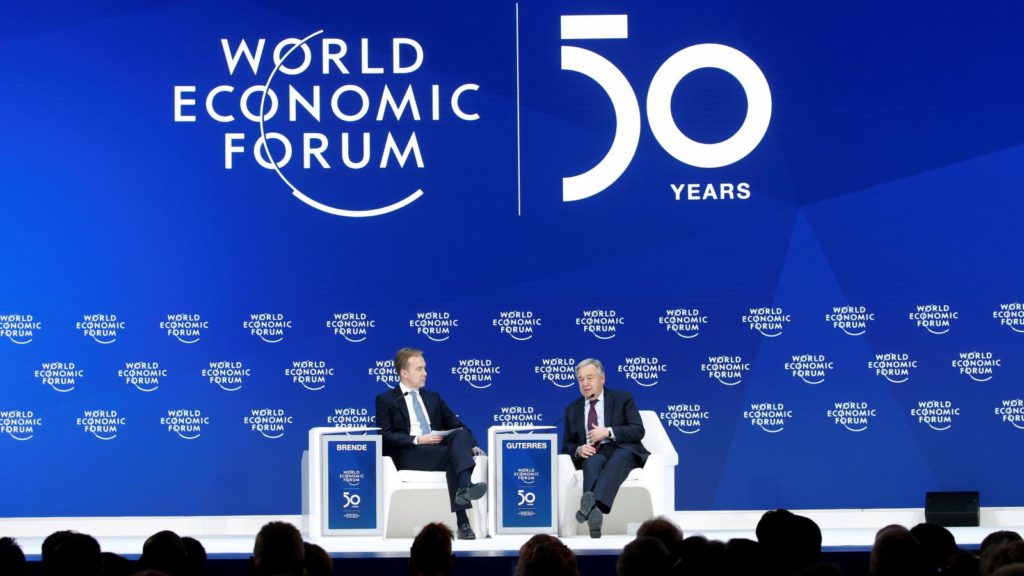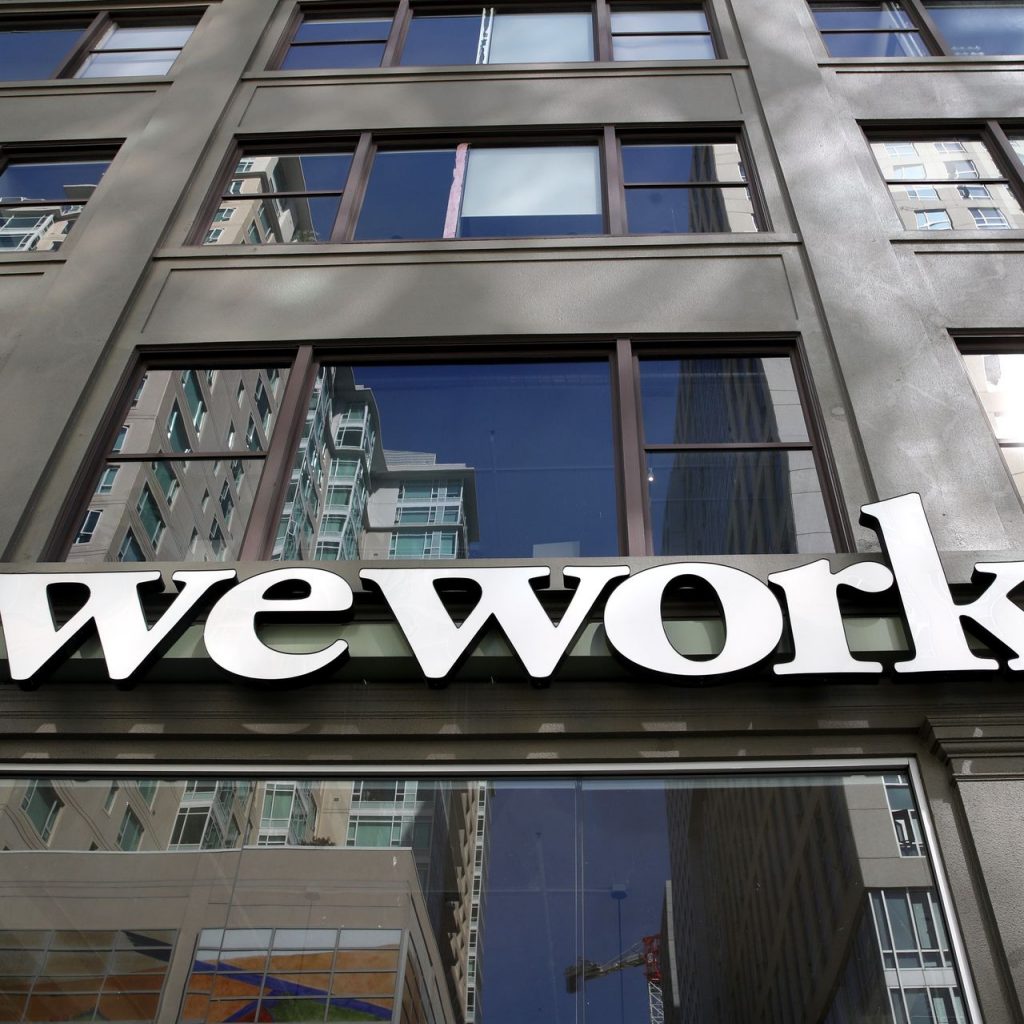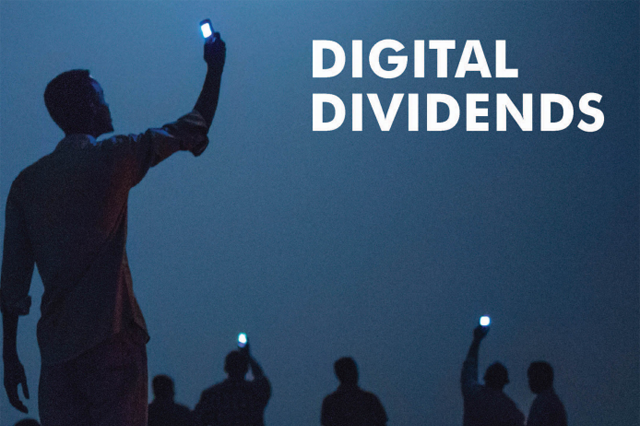Citigroup decided to grow with digital banking
While Citigroup’s competitors dramatically grew their deposits by expanding their brick-and-mortar branch networks after the Global Financial Crisis in 2007, Citi closed one-third of its branches and backed out of all but six cities in the U.S. Instead, the bank attempted to grow its deposit base with a new digital smartphone app.
Reuters quoted David Chubak, head of global retail banking and mortgage at Citigroup, saying “People are willing to switch to a bank that is able to provide this kind of mobile-first experience.”
Perhaps unsurprisingly, with so much invested in real property locations, Citi’s competition begged to differ. According to Dean Athanasia, co-head of Bank of America’s consumer banking division, “Digital offers can only get you so much.”
Fast forward to today
Less than one year later, “only so much” has turned out to be quite a bit for Citigroup. The Wall Street Journal reports that the bank added about $1 billion in digital deposits the first quarter of 2019, up 24% year-over-year and more than the entire total for 2018. This impressive performance earned Citigroup the World’s Best Digital Bank Award 2018 by Global Finance magazine.
Citi competed against 300 global banks and was judged on a wide range of criteria including strategy in the online and mobile channels; acquiring, retaining, and servicing online customers, and growth of the online customer base.
As Citi Global Consumer Banking CEO Stephen Bird observes, “Our strategic decision to go ‘mobile first’ several years ago has been transformative for our business. As banking moves beyond the bank, we are rapidly becoming our customers’ ‘always on’ financial partner, delivering a simpler, better, faster experience direct to the consumer.”
Other banks are going digital too
About two-thirds of Citi’s $1 billion in new digital banking deposit growth came from new customers, over half of which don’t live anywhere near one of the bank’s 700 branches. But Citigroup isn’t the first – and very likely not the last – bank to try to grow deposits without physical locations. For example, Ally Financial (a General Motors subsidiary), Discover Financial Services, American Express, and Goldman Sachs Group all go after digital deposits.
The barrier to entry of digital banking is fairly low. Speaking to Reuters, Ryan Caldwell, CEO of MX Technologies, observes that “a bank 1% of the size of Citigroup can launch a decent app with software from outside firms for about $1 million a year”. That’s exactly what Rhode Island-based Citizens Financial Group is doing, launching a new app to target customers outside of its main markets.
Another real estate disruption in the making?
Citi’s competitors are ramping up their digital banking offerings, but for the time being the competition is still keeping their brick-and-mortar retail locations in place. Bank of America has about 4,400 locations and JPMorgan has 5,100, compared to Citi’s 700.
However, over the last several years, the number of FDIC-insured commercial bank branches has slowly but surely been shrinking. In 2014 there were just over 81,500 bank branch locations in the U.S. Through 2017 (the most recent data available) there are a little over 78,770 branches – a decrease of about 3.5% in just a few years.
While it’s impossible to predict which banks will decrease their number of physical locations where and when, investors can make an educated guess. Through the end of 2018 the top five U.S. banks with the largest number of branches were:
- Wells Fargo – 5,672
- JPMorgan Chase Bank – 5,145
- Bank of America – 4,369
- S. Bank – 3,101
- PNC Bank – 2,478




